Peptides in cosmetics: types and action
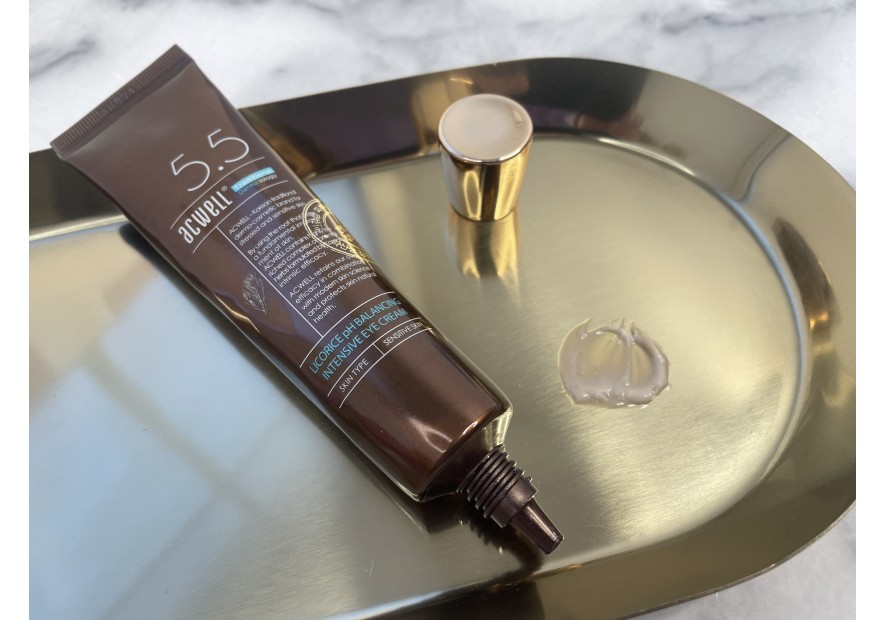
We are increasingly finding peptides in new generation cosmetics because of their extraordinary properties. Let's take a look at what peptides are, how many types there are, what are the best known and above all what functions peptides perform in cosmetics.
What are peptides?
They are small sequences of amino acids, numbering less than 50, which are linked together to form chains. Those used in cosmetics usually have a maximum of 10-15 amino acids or even less, and for this reason they are also called oligopeptides.
Chains containing more than 50 amino acids are proteins. Peptides can be found naturally in some substances, but in cosmetics the most commonly used ones are mostly created in the lab, so they are small-sized synthetic substances with a special ability that mimics that of a natural protein, which they resemble.
How do peptides work in cosmetics?
The ability of peptides to mimic the activity of a protein, enzyme or specific molecule is due to their structure. Peptides are actually provided with a site that specifically binds to certain cells, so that they are activated or deactivated in their biological processes.
On the surface of our cells there are naturally present structures called receptors, which are able, after binding to a certain messenger, to transmit a signal to the cell nucleus to perform a certain action.
These messengers can be enzymes, proteins or peptides, and this is why there are many types: each is specific to a particular cell receptor, which in turn sends a specific message to the nucleus of the cell on which it is located to perform an equally specific action.
After binding to the receptor and performing their function, the peptides are broken down to amino acids and dissolve into intracellular material.
What are the functions of peptides in cosmetics?
Because of this ability, peptides have quickly become a leading cosmetic ingredient in cosmetic products.
The skin has an almost impermeable barrier to the substances. This is a protective mechanism and only very small or lipophilic particles (similar in composition to sebum) are able to penetrate.
This of course does not mean that cosmetics are useless, on the contrary, their use helps to strengthen and maintain the barrier and therefore the skin in good condition, allowing what is underneath to continue to perform its functions.
Peptides in cosmetics, being very small substances, are able to penetrate and, reaching the skin cells, are able to perform various functions, such as stimulating the production of collagen and elastin, mimicking the action of Botox, stimulating cell reproduction, etc. Thus, they can act on the skin as stimulants, repairing, strengthening, brightening, thickening, desensitizing, etc., and that is why they are widely used in cosmetics, although their cost is very high.
Types of peptides
Obviously, there are many types of peptides in cosmetics. Those used in cosmetics are defined as bioactive peptides for topical application or biomimetic peptides, and depending on their function, they can be divided into 4 main classes:
- signal peptides: they can stimulate or inhibit certain biological processes
- enzyme inhibiting peptides: can directly or indirectly inhibit enzyme activity
- neurotransmitter inhibiting peptides: can inhibit or reduce the release of neurotransmitters at the neuromuscular junction and thus nerve impulse transmission
- carrier peptides or metal chelators: facilitate the transport of other substances in the body or by chelating metals.
We will look at them in detail below to better understand how they work, mentioning some of the most commonly used in the cosmetic sector.
Signal peptides
These peptides can stimulate or inhibit certain biological processes such as the production of collagen and elastin, fibronectin and glycosaminoglycans.
For this reason they are also classified as anti-aging peptides because they give the skin a thicker and firmer appearance.
Among the most famous peptides in anti-aging cosmetics we find:
Palmitoyl dipeptide-6: stimulates the synthesis of collagen types IV, IV, VII and XVII.
Palmitoyl tripeptide-1: also known as biopeptide CL, it has activity similar to retinoids, but is non-irritating. In fact, it has the ability to stimulate the growth factor TGF-β, which is responsible for collagen synthesis and inhibiting the enzymes that break it down. It also stimulates the synthesis of elastin and glycosaminoglycans.
Palmitoyl tripeptide-5: A lipopeptide that promotes collagen synthesis by fibroblasts. Known as Syn-Coll, it also stimulates TGF-β, thereby increasing skin elasticity and firmness.
Palmitoyl tripeptide-28: mimicking the action of the natural growth factor, it stimulates the synthesis of collagen types I and III, inhibits the formation of metalloproteinases and promotes cell regeneration processes.
Palmitoyl tripeptide-38: also known as Matrixyl Synthe 6, stimulates the synthesis of the six major components of connective tissue and epidermis: collagen type I, III, IV, fibronectin, hyaluronic acid and laminin 5.
Palmitoyl tetrapeptide-3: stimulates the synthesis of collagen and glycosaminoglycans.
Palmitoyl tetrapeptide-7: stimulates production of hyaluronic acid and the body's own collagen.
Palmitoyl pentapeptide-4: a biomimetic peptide that helps restore dermal density by stimulating the production of collagen types I, III, IV, fibronectin, glycosaminoglycans and elastin.
Palmitoyl hexapeptide-14: stimulates cell migration, collagen synthesis, and fibroblast proliferation.
Palmitoylheptapeptide-5: stimulates collagen synthesis by 230% (percentage confirmed by in vivo and in vitro studies).
Tripeptide-1 (GHK): is a tripeptide that regulates the synthesis of collagen, elastin, proteoglycans and glycosaminoglycans.
Peptamide-6: composed of hexapeptide-11, it increases the synthesis of collagen, growth factors and other matrix proteins, making the skin elastic.
Oligopeptide-10: has an anti-inflammatory effect, effective against dandruff, seborrheic dermatitis, it is also antimicrobial and deodorizing.
Enzyme-inhibiting peptides
This type of peptides in cosmetics can directly or indirectly inhibit enzyme activity, for example by weakening the degradation of certain skin structural proteins (for example by inhibiting MMP - matrix metalloprotease, which breaks down collagen), reducing or increasing enzyme activity. pigmentation or interaction with other biological skin processes such as hair growth. Among them, the best known are:
Oligopeptide-20: a synthetic growth factor that mimics a peptide that activates wound healing mechanisms. It also stimulates the synthesis of collagen and glycosaminoglycans.
Dipeptide-2 and acetyltetrapeptide-5: improve lymphatic drainage or inhibit ACE (angiotensin converting enzyme). This way they facilitate the resorption of subcutaneous edema (bags and dark circles).
Cyclic peptide: This is a cyclic peptide which can directly inhibit tyrosinase, an enzyme involved in the production of melanin.
Eflornithine and eflornithine hydrochloride: suppresses hair growth.
Some of these peptides can be of plant or nonplant origin, such as:
Peptides extracted from soybeans: they can inhibit proteinase formation with antioxidant activity.
Peptides and amino acids derived from rice: these inhibit metalloproteinase activity (enzymes that break down collagen) and induce production of hyaluronic acid, which regulates skin hydration.
Peptides and silk proteins: antioxidants, they bind iron, inhibit lipid peroxidation, inhibit tyrosinase activity and inhibit keratinocyte apoptosis and promote hydration.
Neurotransmitter inhibitory peptides
These peptides, through a series of biochemical interactions, can inhibit or reduce the release of neurotransmitters at the neuromuscular junction and hence nerve impulse transmission. Thus, by inhibiting or reducing the ability of muscles to contract, they help to reduce wrinkles and prevent their formation. That is why they are the basis of cosmetic formulations with Botox-like effects!
Among the most commonly used:
Acetyl hexapeptide-8: also known as argyrelin (also known as acetyl hexapeptide-3 or argyrelin acetate), it has a Botox-like effect because it prevents the release of catecholamines and acts as a muscle relaxant: after several days of continuous use. it reduces the contraction of facial muscles, so wrinkles become less visible.
Palmitoyl pentapeptide-3: Better known on the market as matrixyl and often used in combination with argyrelin, it is one of the most commonly used in cosmetics. It acts as a competitive antagonist of acetylcholine receptors, causing a decrease in muscle contraction, resulting in a reduction in wrinkle depth. It also has the function of stimulating dermal cells to produce new collagen and hyaluronic acid, maintaining skin elasticity and having a firming effect.
Tripeptide-3: Mimics the action of a peptide found in viper venom called Vaglerin-1. Acts as an antagonist of muscle contraction.
Palmitoyl-hexapeptide-19: a latest generation peptide that, by reducing the connection between the nerves and the facial muscles over time, causes them to relax, reducing the appearance of facial wrinkles. Consequently, it has microstretch activity because it only affects fine lines due to facial expressions.
Pentapeptide-18: This peptide has the ability to reduce the depth of expression lines, especially on the forehead and around the eyes, because it mimics enkephalins and inhibits neuronal activity and the release of catecholamines. It is therefore an excellent ally for expression lines.
Carrier peptides or chelating metals
They facilitate the transport in the body of other substances, such as bioactive molecules or other beneficial substances, or chelate metals (chelars mean binding), and thus they can have some beneficial effects on the skin.
Among the best known peptides in cosmetics of this type are undoubtedly copper peptides, widely used in modern cosmetics and in Korean cosmetics in particular.
The best known is GHK-Cu (or copper peptide): a signal peptide that becomes a carrier when it forms complexes with copper (Cu).
Copper is an important cofactor of superoxide dismutase, an antioxidant enzyme, and is necessary for the activity of lysyloxidase, another enzyme involved in collagen synthesis.
This is why when GHK peptide binds with copper, they form a peptide complex that increases collagen and elastin production, stimulates anti-inflammatory processes and improves skin elasticity and the appearance of wrinkles, making skin firmer.
When to use cosmetics with peptides?
At what age should I start using cosmetics with peptides? When will cosmetics with peptides benefit?
It depends on the type of peptide contained in the cosmetic we choose. Basically peptides are active ingredients that act on wrinkles and skin blemishes. Therefore it makes sense to start using cosmetics with peptides from the age of 30 or at least when the first wrinkles start to appear.
Peptides have no particular contraindications and can be used safely in combination with retinol, vitamin C, niacinamide and moisturizing active ingredients.
Cosmetics with peptides - which one to choose?
ACWELL Licorice pH Balancing Intensive Eye Cream. This eye cream contains 2 peptides (Palmitoyl Pentapeptide-4, Acetyl Hexapeptide-8) which make the cream smooth the skin around the eyes and reduce the depth of wrinkles.
Pyunkang Yul Black Tea Deep Infusion Toner. Fermented black tea toner which also contains Acetyl Hexapeptide-8 peptide.
Pyunkang Yul Calming Moisture Serum. This soothing serum contains the important skin repairing peptides Acetyl Hexapeptide-8 and Palmitoyltripeptide-5.
Medi-Peel Bor-Tox Peptide Ampoule. Lifting serum with Botox effect with five types of peptides: copper tripeptide-1 (10ppb), acetylhexapeptide-8 (10ppb), oligopeptide-32 (5ppb), oligopeptide-29 (5ppb), palmitoylpenta Peptide-4 (1ppb).
Medi-Peel Peptide 9 Volume Essence. Essence with a peptide complex that includes 9 different types of peptides.
Medi-Peel Cindella Multi-antioxidant Ampoule. This anti-aging serum that includes palmitoyl tripeptide-5, ceramides, probiotics and niacinamide.
CLIV Hexapeptide Repairing Ampoule. This anti-aging serum with six types of peptides.
CLIV Hexapeptide Repairing Ampoule - 30 ml
- -25%
- -25%

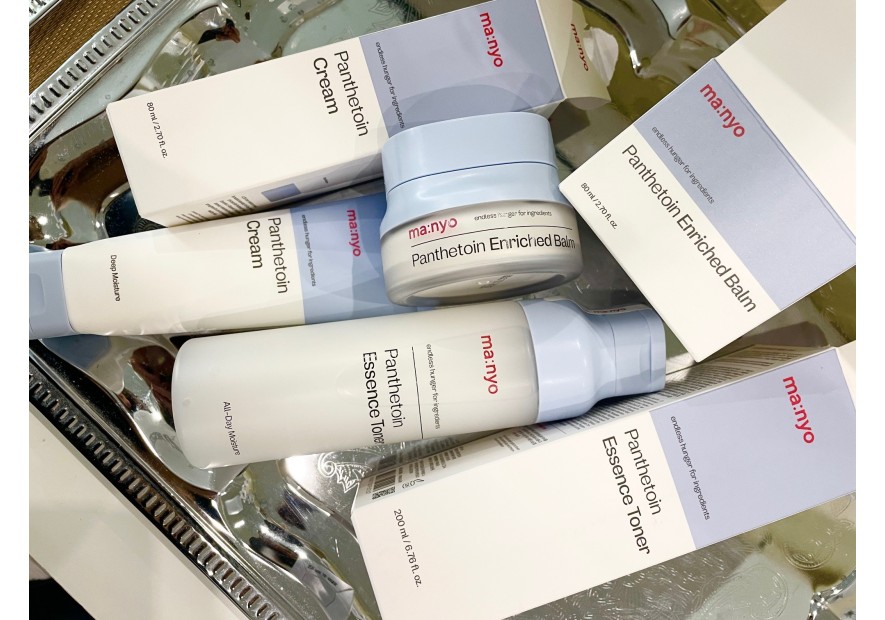
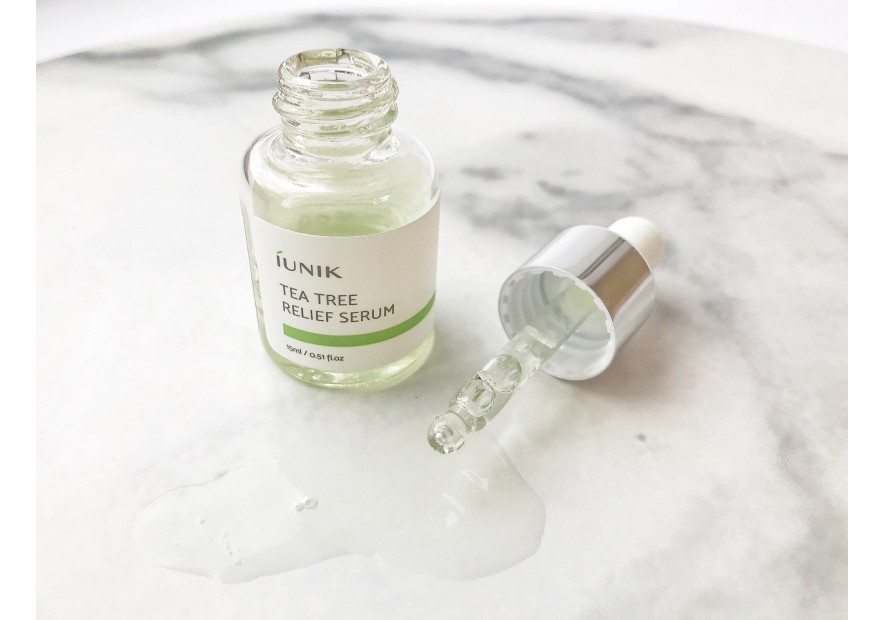
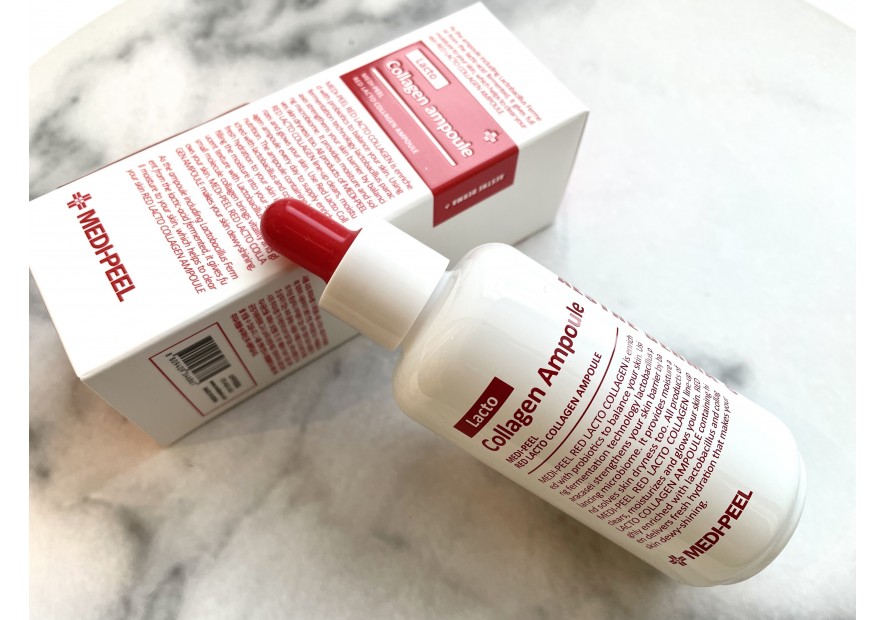

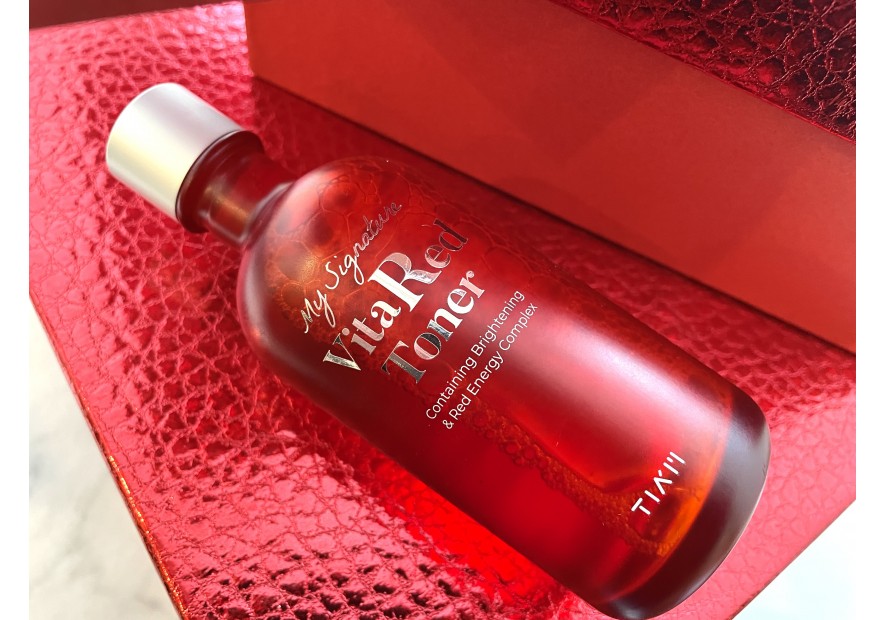
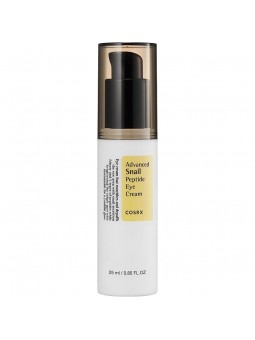
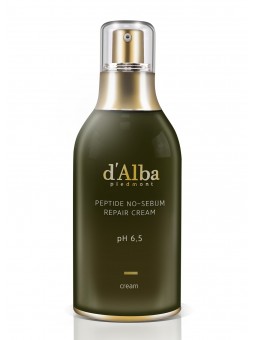
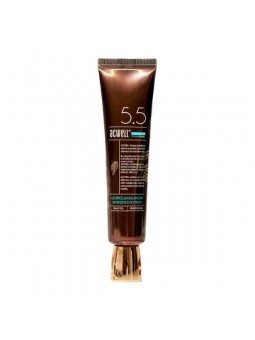
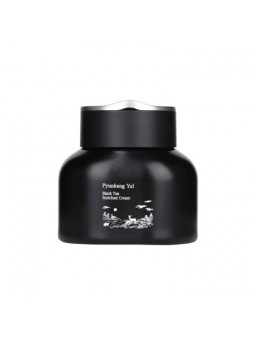
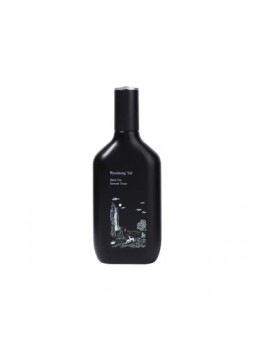
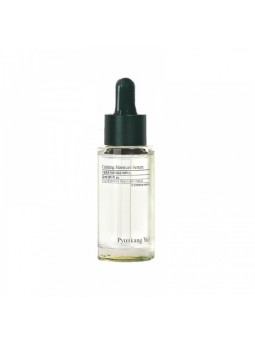
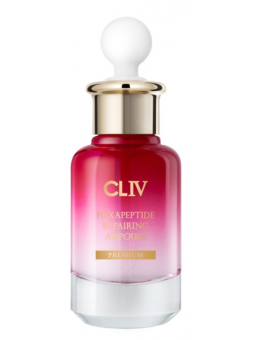
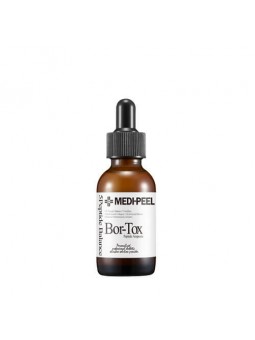
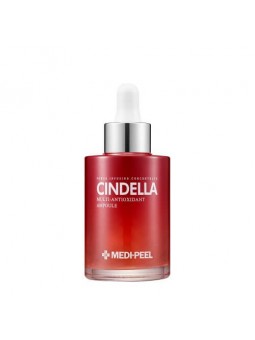
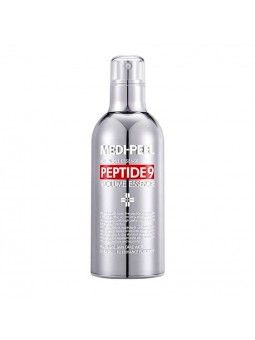
Leave a comment